Dogs may not speak our language, but they sure know how to show what they love—and what they’d rather skip. From belly rubs and playtime to simply sitting beside you, there are plenty of little things you do that absolutely light up your dog’s world. But just as much as they love certain gestures, there are a few habits they secretly dislike—like strong scents, rough pats, or being left out of the fun. This list of 10 likes and 10 dislikes gives you a peek into your pup’s mind, helping you strengthen that special bond. Understanding what makes them happy (and what doesn’t) can turn a good relationship into a truly amazing one. After all, a little doggy insight goes a long way!
Giving Gentle Belly Rubs
Most dogs absolutely adore a gentle belly rub. It’s like the canine equivalent of a spa day. When you scratch their belly, you’re showing trust—dogs only expose their tummies when they feel safe and relaxed around you. Pay close attention to their body language; a wagging tail and relaxed posture means you’re doing it right. But don’t be too rough or sudden—soft, slow strokes are the golden ticket. Sometimes, your dog might nudge your hand as if to say, “Don’t stop!” That’s a clear sign you’ve hit the jackpot. Belly rubs often lead to happy sighs and goofy grins, filling the room with pure, tail-thumping joy. Just remember: not all dogs love this at first, so start gentle and let them guide you.
Going for Walks and Adventures
There’s nothing more thrilling to a dog than the jangle of the leash and the words, “Wanna go for a walk?” Walks aren’t just about exercise—they’re a sensory explosion for your pup. Every sniff and sound is a new story, and you’re right there with them in the adventure. Dogs crave this daily routine, and it’s a highlight of their day. Changing routes, visiting parks, or even a simple stroll around the block can be the best part of their week. Some dogs love to chase leaves, while others want to greet everyone they see. Either way, your enthusiasm makes the experience even better for them. Miss a walk, and you’ll probably get that disappointed, big-eyed look!
Playing Their Favorite Games
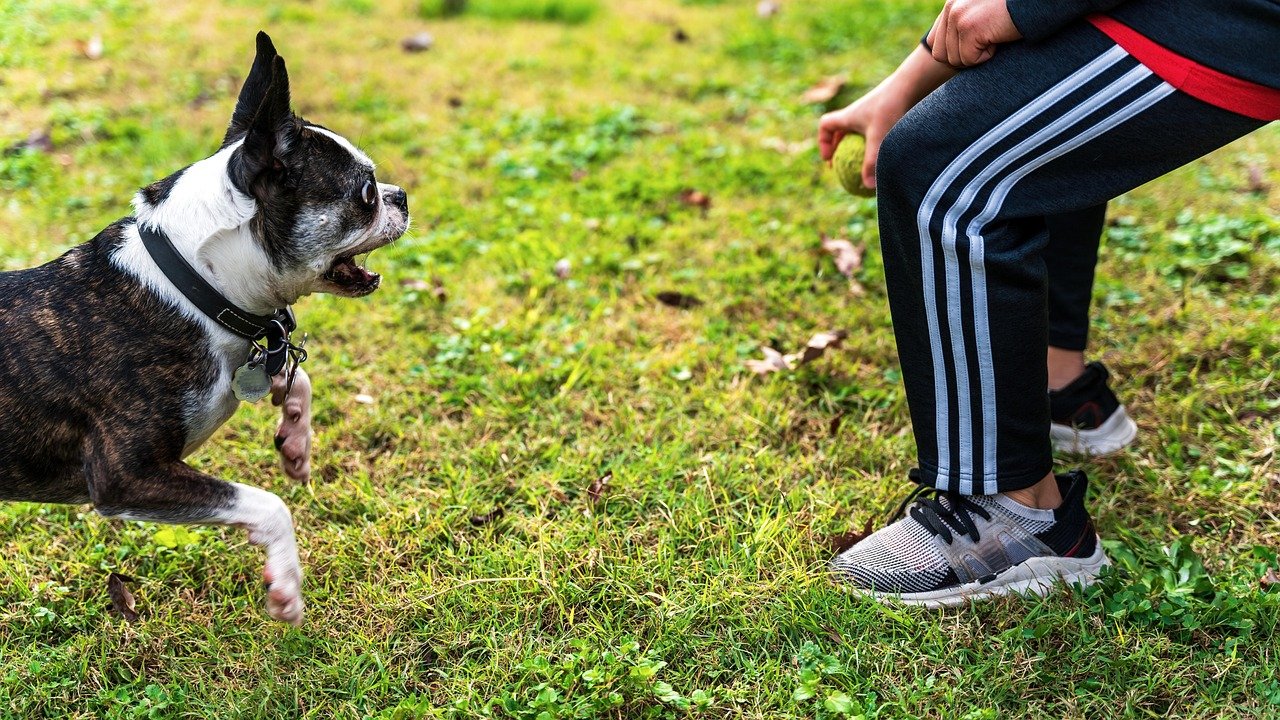
Fetch, tug-of-war, or a good old-fashioned game of hide-and-seek—dogs live for playtime. Playing together isn’t just about burning energy; it’s about building trust and having fun as a team. Throw a ball, and watch your dog’s eyes light up with excitement. For some, a sturdy rope is all they need to show off their strength. Games also challenge your dog’s mind, keeping them sharp and happy. Every playful moment is a memory in the making and a reminder that you’re their favorite person. Don’t be afraid to get silly—dogs love when you match their energy and let your inner child out.
Offering Tasty Treats (in Moderation)
Few things make a dog’s tail wag faster than the crinkle of a treat bag. Whether it’s a crunchy biscuit, a chewy stick, or a healthy veggie snack, offering treats is a surefire way to win your pup’s affection. Treats are more than just snacks—they’re rewards, tokens of love, and sometimes, a fun surprise. Use them to teach tricks, reinforce good behavior, or simply as a midday pick-me-up. But remember, moderation is key; too many treats can lead to extra pounds and health issues. Mix it up with healthy options like carrots or blueberries. Watch your dog’s eyes light up, and you’ll know you’ve made their day.
Speaking in a Happy, Soothing Tone
Dogs are highly sensitive to the tone of your voice. A cheerful, upbeat “Good dog!” can make them beam with pride, while a soft, soothing voice calms their nerves during storms or stressful moments. They may not understand every word, but they definitely get the message behind your tone. Try talking to your dog during walks or playtime—you’ll notice their ears perk up and tails wag faster. A gentle tone deepens your connection, making your dog feel safe and loved. It’s a simple act, but it works wonders for their sense of security and happiness. Sometimes, just hearing your voice is all they need to relax.
Spending Quality Cuddle Time Together
Snuggling up on the couch or curling up in bed is pure bliss for most dogs. Physical closeness is their way of bonding, and it reassures them that they’re part of your pack. Cuddle sessions, whether they last five minutes or an entire movie, create a sense of safety and warmth. Some dogs might rest their head on your lap, while others flop across your feet. These quiet moments forge memories and reinforce the trust between you. Dogs that seek out cuddles are showing just how much they love your company. Grab a blanket, invite your dog up, and enjoy the simple magic of just being together.
Learning Tricks and Training with You
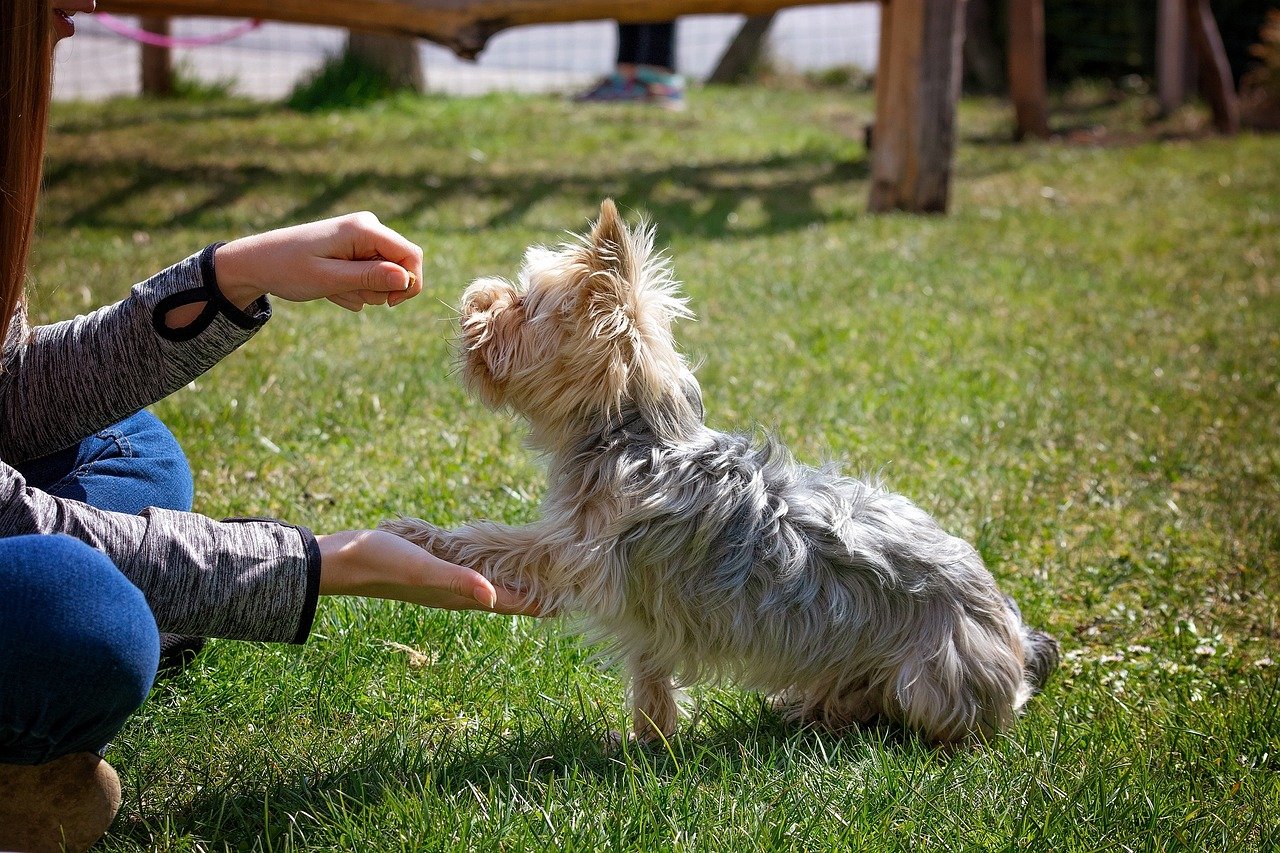
Contrary to what you might think, dogs love learning new things—especially if it means spending time with you. Training sessions are a chance to challenge their brains, earn treats, and get lots of praise. Whether it’s “sit,” “shake,” or more advanced tricks, your dog thrives on clear communication and positive reinforcement. Make training fun by keeping it upbeat and rewarding. Dogs love the mental stimulation, and your encouragement makes them eager to please. Even older dogs can learn new tricks and feel proud of their achievements. Sharing these successes strengthens your bond and boosts their confidence.
Exploring New Places Together
Nothing excites a dog more than discovering a brand new place—whether it’s a forest trail, a dog-friendly café, or a sandy beach. Exploring together stirs their natural curiosity and gives them something new to sniff, see, and experience. Each outing is an adventure and an opportunity to socialize and grow braver. Even a ride in the car can spark joy if it leads to a fun destination. Let your dog lead the way sometimes—they’ll love the freedom of choice. Every new experience you share becomes another layer in your unique friendship.
Having a Consistent Routine
Dogs thrive on routine. Regular meal times, walks, bedtimes, and play sessions give your dog a sense of stability and predictability. When they know what to expect, they’re less anxious and more relaxed. Imagine how unsettling it would be if every day felt totally random—dogs feel that too. Stick to a schedule as much as possible, even during busy weeks. Consistency shows your dog that you’re reliable, which is deeply comforting for them. A routine is like a warm, familiar blanket wrapping them in security.
Letting Them Just Be a Dog
Sometimes, the best thing you can do for your dog is simply let them be themselves. Rolling in the grass, barking at squirrels, or digging in the dirt—these natural behaviors bring dogs so much joy. Letting your dog sniff around on walks, chase a ball until they’re tired, or splash in puddles lets their true personality shine. These moments of freedom are essential for their happiness and well-being. Encourage them to have fun and express themselves, even if it gets a little messy. After all, a muddy dog is often a happy dog.
Ignoring or Withholding Attention
Dogs are social creatures, and they crave your attention. Ignoring your dog—whether you’re busy with your phone, computer, or chores—can leave them feeling lonely and rejected. They might act out, bark, or even pout to get you to notice them. Prolonged periods without attention can lead to anxiety and destructive behaviors. It’s easy to overlook how much your presence means to your pet. Make an effort to set aside time each day just for them. Even a few minutes of undivided attention can make their whole day brighter.
Yelling or Using a Harsh Voice
A raised voice or angry tone can be scary and confusing for a dog. They may not understand why you’re upset but will sense your emotions and react with fear or stress. Yelling doesn’t teach your dog what you want—it only makes them anxious and less likely to trust you. Imagine being shouted at in a language you barely understand. Instead, use calm, clear communication and redirect unwanted behavior with patience. Your dog will respond much better to gentle guidance and positive reinforcement.
Dressing Them Up in Uncomfortable Outfits
While a cute sweater or costume might look adorable to us, many dogs find clothing uncomfortable or even distressing. Tight outfits, hats, or shoes can restrict their movement and make them anxious. Some dogs will freeze, paw at the clothing, or try to wriggle out of it. If you must dress your dog, choose soft, well-fitting attire and watch for signs of discomfort. Only put on clothes when absolutely necessary—like a light jacket for a chilly walk. Above all, respect your dog’s feelings and skip the outfits if they clearly dislike them.
Leaving Them Alone for Long Periods
Dogs are pack animals—they’re not built to be alone all day. Long hours by themselves can lead to boredom, anxiety, and even depression. You might come home to chewed shoes or a trashed couch as your dog tries to cope with loneliness. If you work long hours, consider hiring a dog walker or asking a friend to visit. Interactive toys and background music can help, but nothing replaces your company. Dogs need to know they’re not forgotten, so make reunions extra special with a warm greeting and some playtime.
Using Strong Scents or Harsh Chemicals
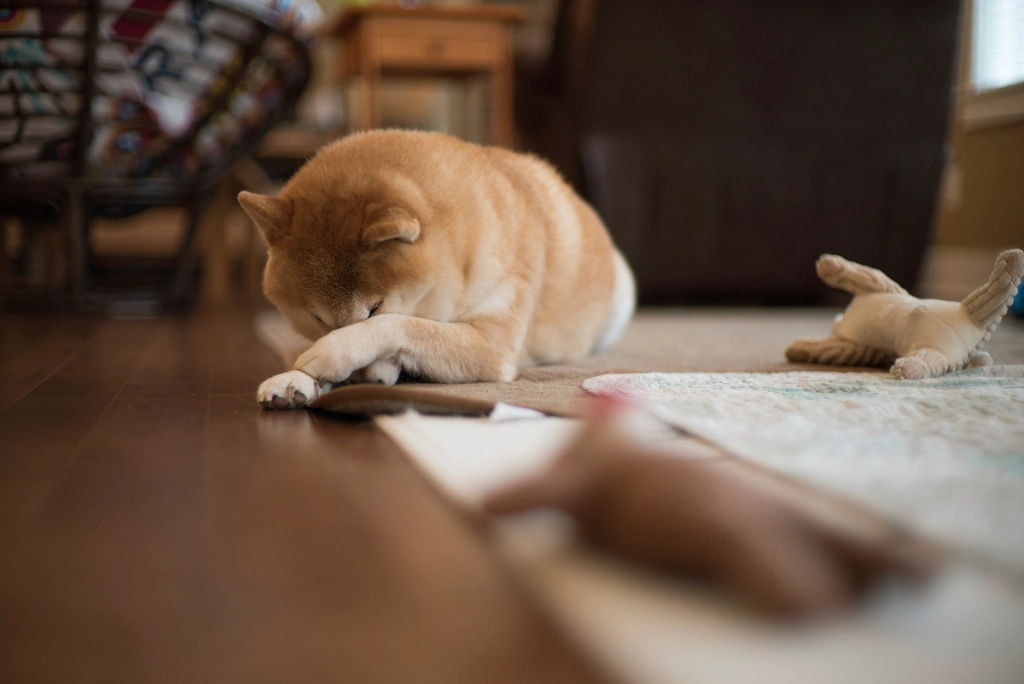
A dog’s sense of smell is thousands of times stronger than ours. Strong perfumes, cleaning products, or scented candles can overwhelm their sensitive noses and even cause discomfort. You might love a lemony fresh home, but your dog could find it unbearable. Watch how your pet reacts to new scents—sneezing, rubbing their nose, or leaving the room can be clues. Choose pet-friendly cleaning products and skip the heavy fragrances to keep your dog’s environment comfortable. Remember, what smells nice to you may be an assault on your dog’s senses.
Skipping Walks or Exercise
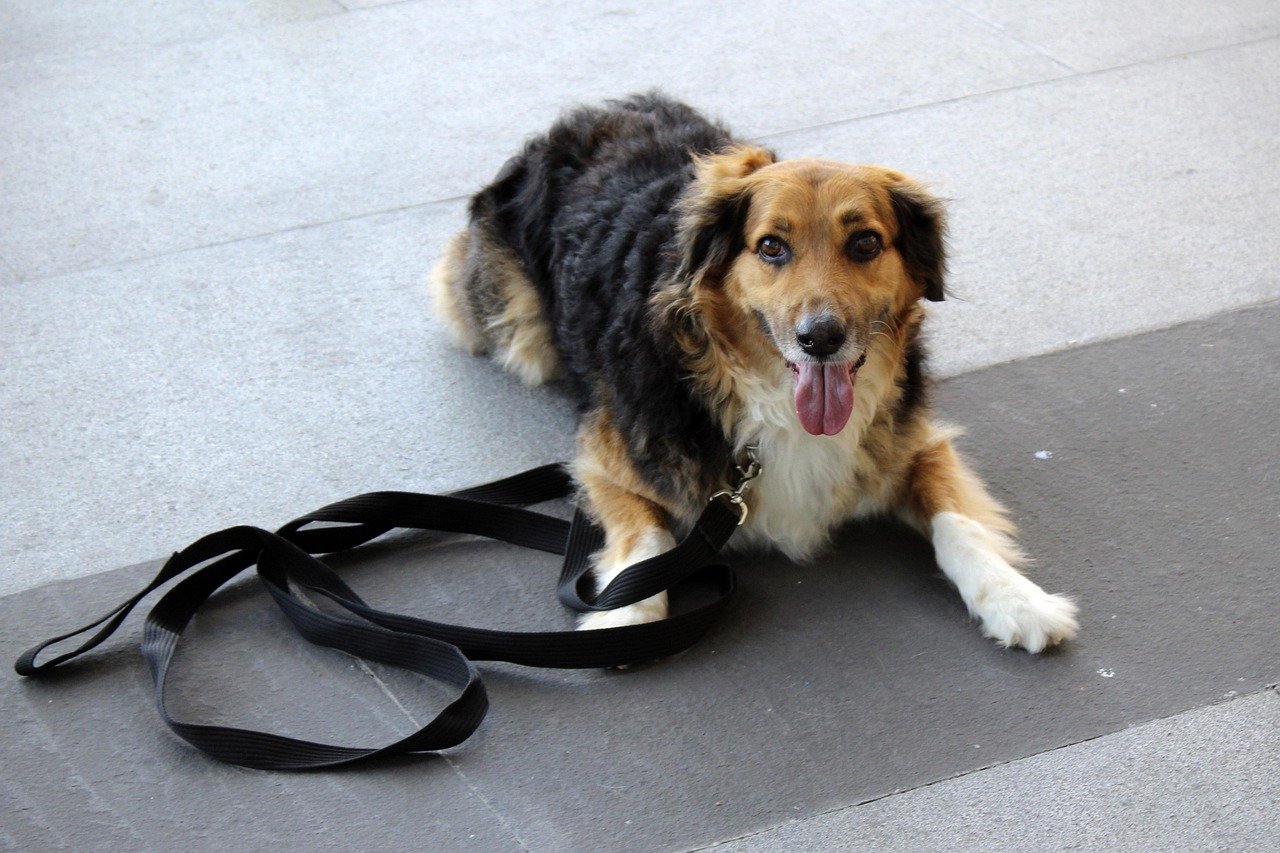
A bored dog is an unhappy dog. Skipping walks or regular play leaves your pet restless and frustrated. Physical activity is crucial for their health, happiness, and even their behavior. When dogs don’t get enough exercise, they may become hyperactive, destructive, or overweight. Make movement a daily priority, no matter the weather. If you’re pressed for time, even a quick game of fetch or a brisk walk can make a world of difference. Your dog will thank you with better manners and a wagging tail.
Forcing Social Interactions
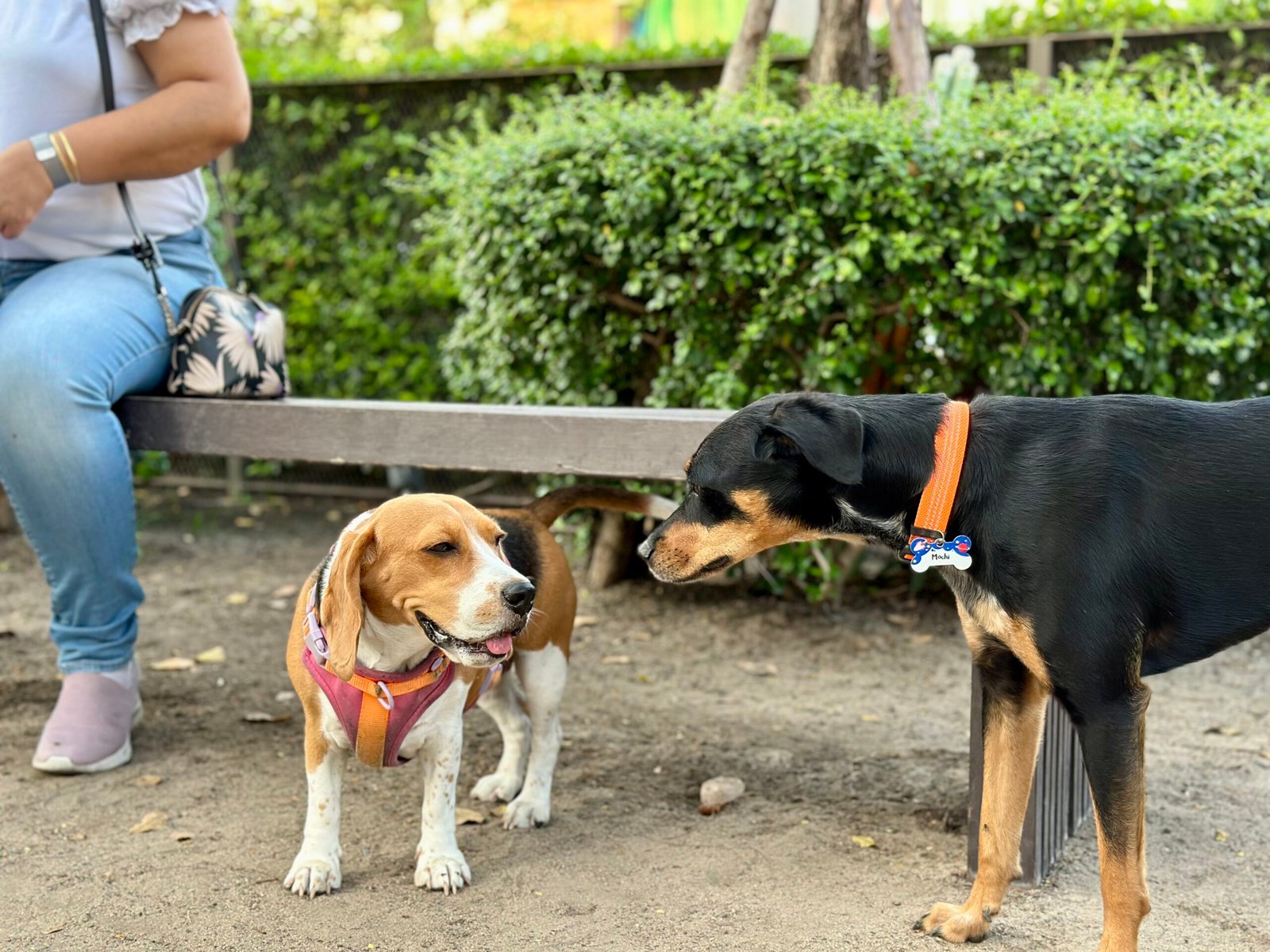
Not all dogs are social butterflies. Forcing your dog to meet strangers, other dogs, or attend crowded events can be overwhelming and stressful. Watch for signs of discomfort—hiding, cowering, or growling are all ways your dog might say, “I need space.” Respect their boundaries and let them approach new situations at their own pace. Always give your dog an escape route, and never force them into interactions they clearly dislike. Building confidence takes time, and every dog is different.
Teasing or Playing Rough
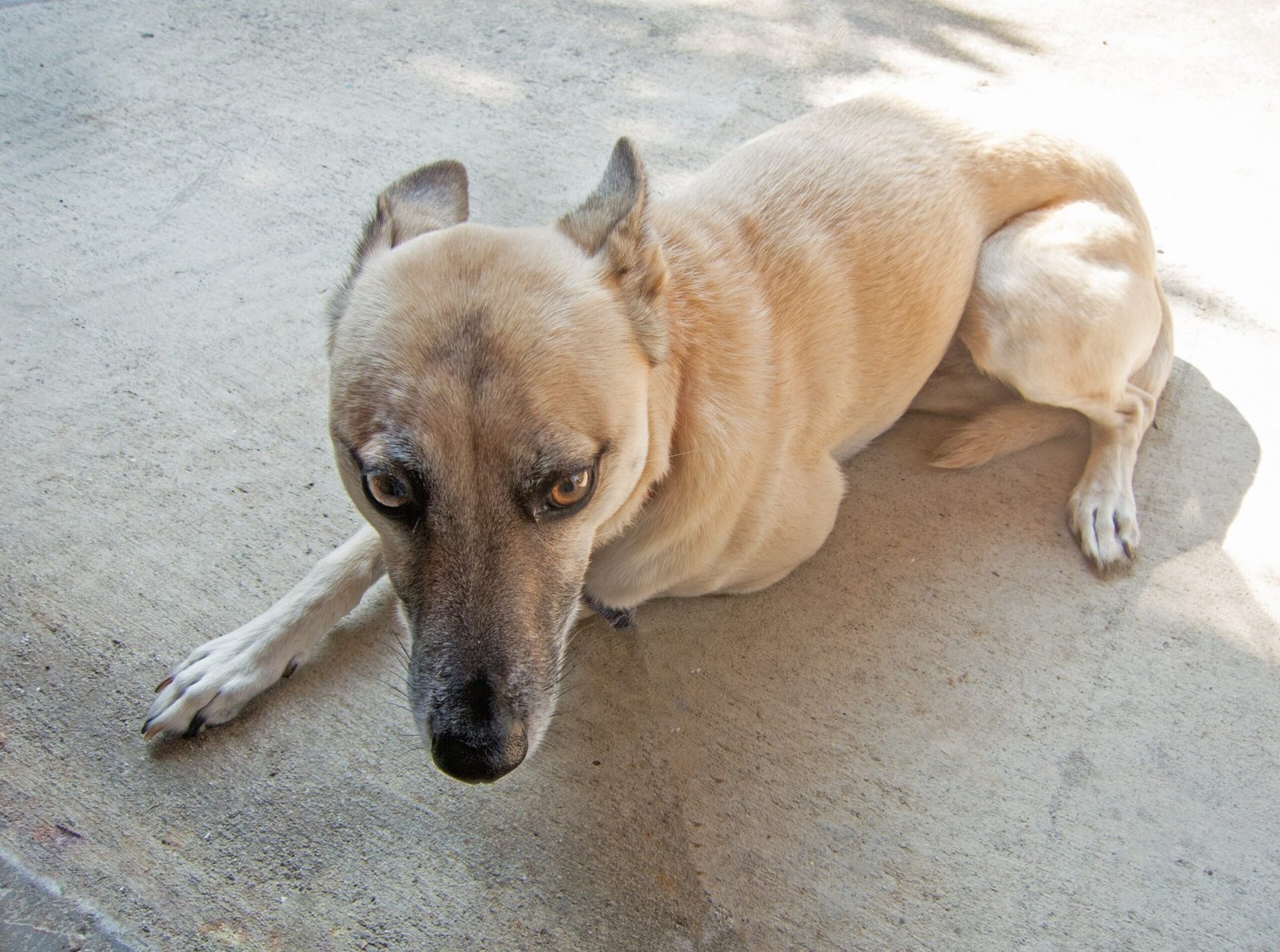
Teasing your dog—whether by withholding toys, pretending to throw a ball, or roughhousing—can be confusing and stressful. What might seem funny to you could make your dog anxious or even fearful. Some dogs may react with frustration or lose trust in you. Gentle play is always best, focusing on activities both you and your dog enjoy. Avoid rough games that could lead to accidental injuries or mixed signals. Play is about bonding, not testing your dog’s patience.
Neglecting Vet Visits and Health Care
Skipping regular vet check-ups or ignoring your dog’s health needs can have serious consequences. Dogs can’t tell you when they’re in pain, so regular exams, vaccinations, and dental care are essential. Delaying treatment or missing preventative care can lead to bigger problems down the line. Your dog depends on you to keep them healthy and happy. Make vet visits a positive experience with treats and reassurance. Keeping up with their care is a true act of love.
Restricting Their Space or Freedom
Dogs need room to move, explore, and just be dogs. Keeping them confined or leashed for too long can make them restless and unhappy. Lack of space can also lead to behavioral issues and stress. Give your dog plenty of opportunities to stretch their legs, sniff around, and enjoy the world. If you live in a small apartment, regular outings are a must. Freedom to explore—even in a backyard—makes your dog’s life richer and more fulfilling.
Getting to know what your dog loves—and what gets on their nerves—can make a world of difference in your bond. Those little changes, like more play and fewer surprise hugs, show your pup you really understand them. When you tune in to their likes and dislikes, they feel safer, happier, and more connected to you. And in return, you’ll get even more tail wags, cuddles, and unconditional love.

Andrew Alpin from India is the Brand Manager of Doggo digest. Andrew is an experienced content specialist and social media manager with a passion for writing. His forte includes health and wellness, Travel, Animals, and Nature. A nature nomad, Andrew is obsessed with mountains and loves high-altitude trekking. He has been on several Himalayan treks in India including the Everest Base Camp in Nepal.





